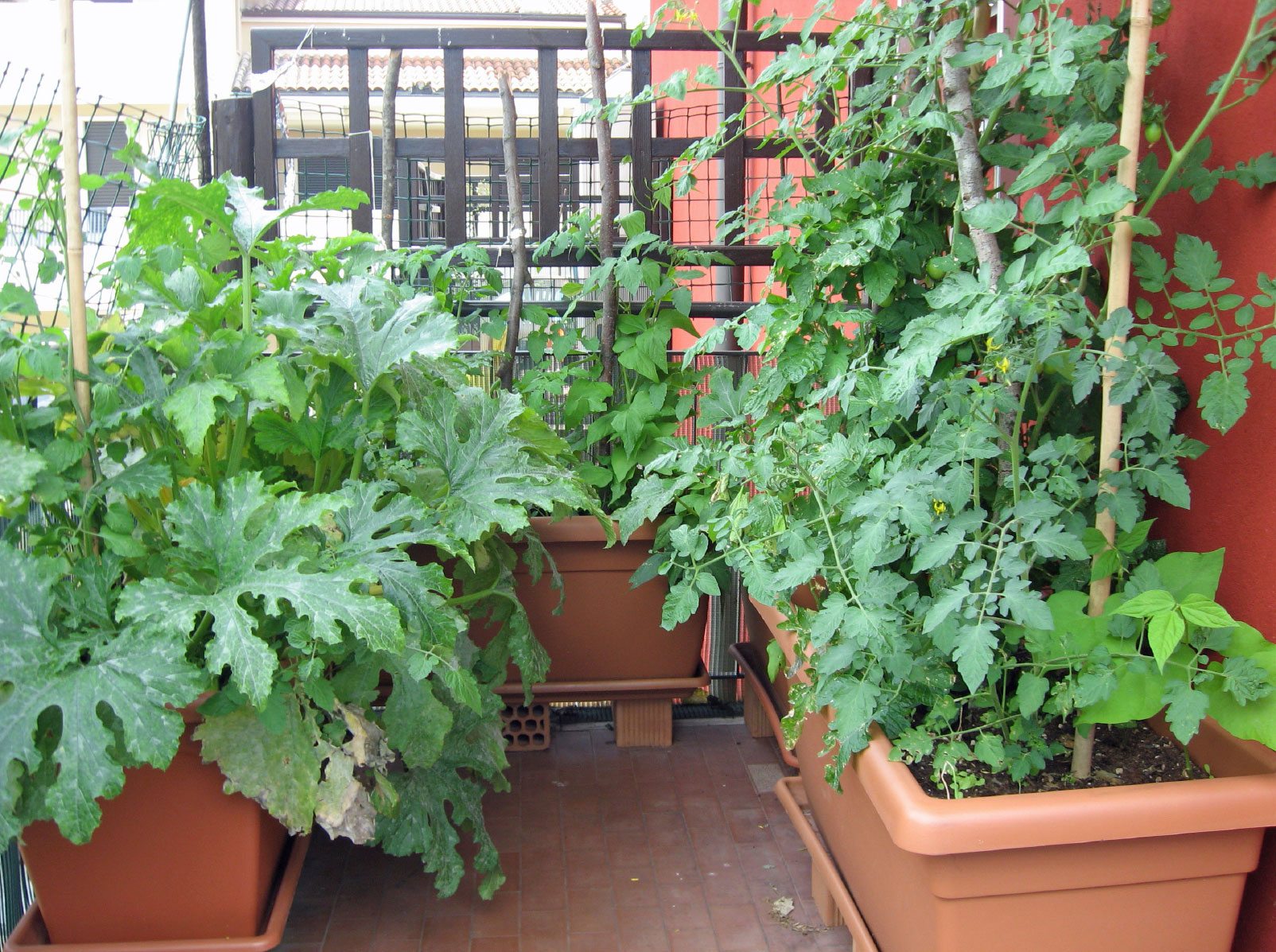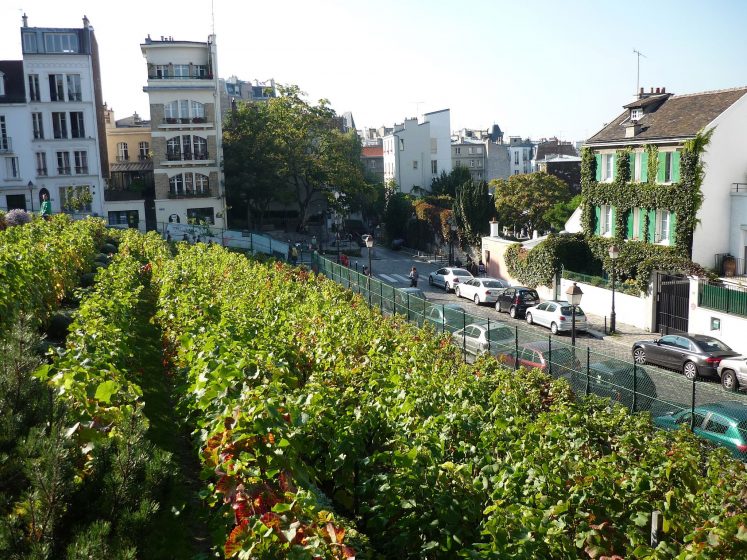City Blooming - An Overview
Table of ContentsSome Known Facts About City Blooming.Examine This Report on City BloomingNot known Facts About City BloomingThe Facts About City Blooming UncoveredThe Main Principles Of City Blooming
Fascinated in growing food for sale in the City of Chicago? Below is a listing of frequently asked concerns concerning the guidelines and laws that cultivators need to take into consideration when preparing an urban agriculture project.
The zoning modification does not change any kind of various other codes taking care of composting, building permits, acquiring or leasing City possessed home, service licenses or ecological contamination. There are existing codes that regulate these concerns and they continue to be completely impact and may apply to your job. Area gardens are commonly possessed or taken care of by public entities, civic organizations or community-based organizations and preserved by volunteers.
Urban ranches expand food that is planned to be sold, either on a nonprofit or for-profit basis. Due to their business function, city farms need a service permit.
Our City Blooming Ideas
The quantity of compost material can not go beyond 25 cubic lawns at any given time according to the standards in 7-28-715 of the City's Municipal Code. Because the dirt at the majority of brand-new garden sites requires modifying, garden compost, dirt, timber chips, or other materials can be acquired to construct or improve the expanding space.

If a building authorization is needed after that the hoophouse will be thought about an accessory building. You can figure out even more about the building authorization demands by contacting the Division of Buildings. The 25,000-square-foot size limit is intended to stop a solitary neighborhood yard from dominating a provided block or diminishing the block's existing property or industrial personality.
The limit does not use to yards located in Public Open Space (POS) districts. Can there be more than one area garden that is 25,000 square feet on a single block? Fence is not needed, nonetheless, gardens that have large vehicle parking locations may be called for to install secure fencing or other landscaping functions.
Rumored Buzz on City Blooming
B1 & B2 districts need that all commercial use activities be carried out indoors. R areas limit industrial activity. The policies mirror the purpose and intent of the Zoning Code. Is secure fencing needed for city farms? Yes. Fencings might be required, along with landscape design and screening, for specific parking lot and outdoor work or storage locations relying on location and the certain task Recommended Site happening.
Yes. Urban ranches call for building permits and zoning approvals prior to building and construction. Various other types of city evaluation might be required relying on particular structures, tasks, size, landscaping, licensing, public heath and stormwater administration issues. A lot of these requirements are determined in the job style or permitting process, nonetheless, the applicant might be responsible to separately identify certain licenses or allows that may be required.
The Department of Business Affairs and Customer Protection can aid figure out the particular kind of company certificate that's needed. Off street car park is required for many commercial projects in Chicago. The needed number of vehicle parking spaces is based on the number of employees working on site and not the square footage of the expanding room.
Some Known Details About City Blooming

A city ranch can offer garden compost product produced on site, nevertheless, the operation has to comply with the laws in 7-28-715 of the Chicago Municipal Code. Aquaponic systems are allowed inside on city ranches in many zoning areas.
Approximately five hives or swarms of honey may be kept as an accessory usage. Beekeepers need to register with the Illinois Division of Agriculture. To find out more concerning the suggested zoning modification you might call the Department of Real Estate and Economic Development, Bureau of Preparation and Zoning at 312.744.8563.
Farming in cities and metropolitan areas A metropolitan ranch in Chicago. Urban agriculture describes different methods of growing. https://www.ted.com/profiles/47172561, processing, and dispersing food in urban areas. The term likewise relates to the location tasks of pet husbandry, tank farming, beekeeping, and gardening in a metropolitan context. Urban agriculture is identified from peri-urban agriculture, which takes location in country areas beside suburbs.
The Single Strategy To Use For City Blooming
It can include a movement of organic cultivators, "foodies" and "locavores", who look for to form socials media founded on a shared principles of nature and area holism. These networks can create by method of official institutional support, becoming incorporated into regional town as a "shift town" movement for sustainable urban advancement.
The much more direct accessibility to fresh vegetable, fruit, and meat items that may be realised with urban farming can improve food safety and food security while reducing food miles, bring about reduced greenhouse gas exhausts, therefore contributing to environment modification reduction. A few of the initial proof of city farming originates from Mesopotamia.